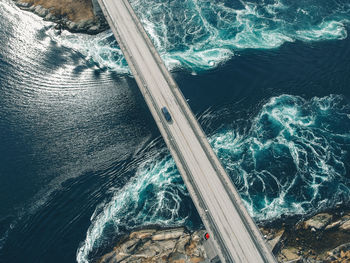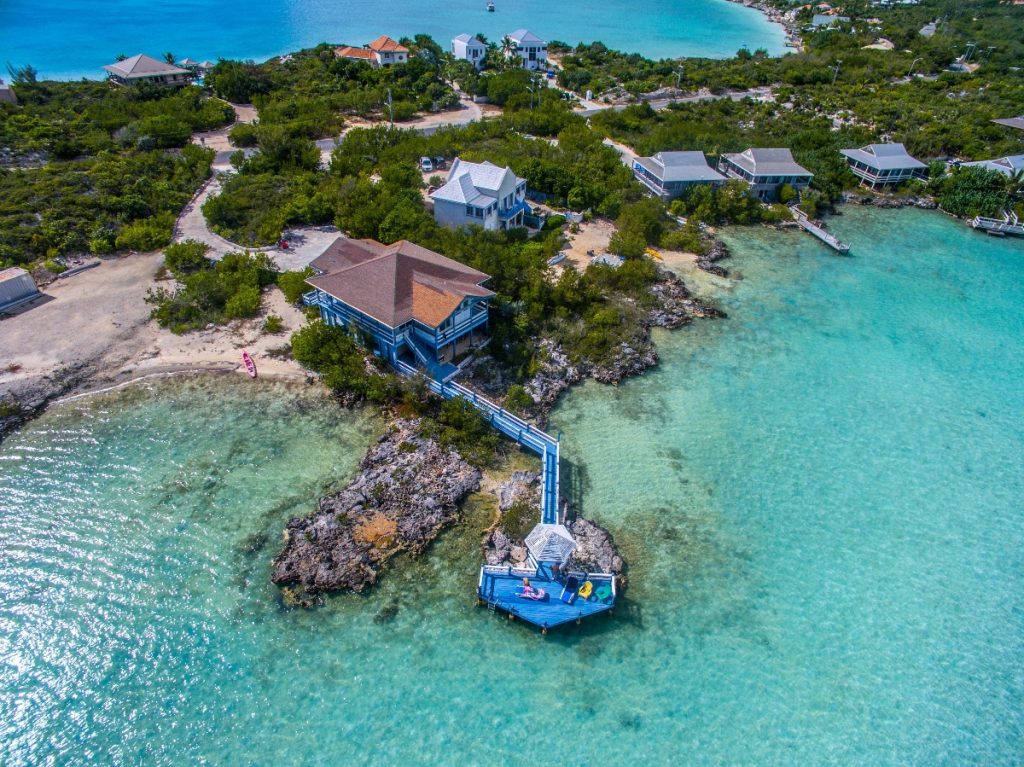Boost Your Real Estate Listings with a Skilled Drone Photographer
Boost Your Real Estate Listings with a Skilled Drone Photographer
Blog Article
Transform Your Viewpoint: The Art and Scientific Research Behind Drone Digital Photography
Drone photography represents a substantial crossway of creative vision and technological technology, allowing designers to record viewpoints previously unattainable. Recognizing the mechanics of drone modern technology, from equipment selections to composition methods, is crucial for accomplishing compelling images. Factors to consider such as illumination and ecological problems can exceptionally affect the last result. As digital photographers improve their abilities in both aerial method and post-processing, they open a richer narrative potential. Yet, what truly distinguishes efficient drone digital photography from mere aerial photos? Exploring this question discloses much deeper insights into the craft and its evolving landscape.
Recognizing Drone Technology
Comprehending drone innovation is vital for anybody thinking about using its abilities for photography. Drones, or unmanned airborne lorries (UAVs), rely upon a mix of software and hardware to attain trip and capture images. At their core, these devices are equipped with sensors, video cameras, and navigation systems that enable them to fly autonomously or be controlled remotely.
The main components of drone modern technology include the flight controller, which offers as the mind of the drone, refining data from various sensing units to make certain secure flight. In addition, general practitioner technology plays an important role in navigating, enabling drones to follow pre-defined trip paths and keep their placement even in tough conditions.

Moreover, recognizing the regulatory landscape bordering drone use is essential, as it regulates where and just how drones can be operated, guaranteeing safety and compliance. Knowledge with these elements of drone innovation empowers digital photographers to optimize their imaginative capacity while adhering to lawful guidelines.
Vital Equipment for Drone Photography
Selecting the appropriate equipment is critical for achieving extraordinary lead to drone digital photography. At the heart of this arrangement is the drone itself, which must be selected based upon flight stability, camera high quality, and ease of usage. Popular models frequently feature integrated high-def cameras that record stunning aerial photos.
Along with the drone, buying a premium camera is vital. Several drones come outfitted with video cameras with the ability of capturing in 4K resolution, but also for professional-grade outcomes, consider a drone that permits compatible cameras or supports bigger sensing units. This flexibility can dramatically boost photo quality.
Stablizing is an additional crucial element. A three-axis gimbal is recommended for smooth footage, decreasing resonances that can interfere with photo quality. Furthermore, additional batteries and a trusted battery charger make certain prolonged trip time, permitting more extensive shoots.
Understanding Structure Strategies
Grasping composition strategies is basic to raising your drone photography from ordinary to phenomenal. A well-composed picture catches the viewer's focus and communicates a powerful narrative.
One of the important concepts to think about is the guideline of thirds, which involves separating your framework right into a grid of nine equivalent components. Positioning crucial elements along these lines or at their junctions develops visual passion and balance. In addition, leading lines can assist the visitor's eye with the picture, accentuating the subject and adding deepness.
An additional efficient method is mounting, where natural components such as trees or buildings enclose the subject, improving the prime focus. This technique not just provides context however also produces a feeling of intimacy within the scene.

Last but not least, always bear in mind the horizon line. A jagged perspective can distract and detract from an or else fascinating photo. By grasping these composition techniques, you can significantly improve the influence of your drone digital photography.
Illumination and Weather Considerations
In drone photography, the interaction of illumination and weather can drastically affect the top quality and mood of your images. Optimum lighting problems are critical; the golden hours-- quickly after daybreak and before sunset-- supply soft, diffused light that improves shades and lessens harsh shadows. Throughout Read Full Report these times, the landscape appears extra vibrant and vibrant, permitting breathtaking aerial shots.
On the other hand, cloudy skies can produce a flat, soft scheme, yet they can likewise give even lighting that minimizes contrast and highlights details in the setting. This can be helpful for catching structures in urban settings or detailed patterns in nature.
Climate condition, such as fog, snow, or rainfall, can additionally add special components to your photography. Haze can develop a feeling of mystery, while rain can enhance colors and fill the landscape. It is essential to consider the safety of your drone; flying in unfavorable weather condition conditions can lead to devices damage or loss of control.
Eventually, understanding how lighting and weather condition impact your aerial shots allows you to choose the ideal conditions for your drone photography, guaranteeing compelling and visually striking images.
Post-Processing Idea
After capturing stunning airborne pictures, the next action includes refining those shots through post-processing. This essential phase enhances the aesthetic effect of your photos, enabling you to highlight the one-of-a-kind perspectives that drones give.
Begin with software application tools like Adobe Lightroom or Photoshop, which offer durable modifying capabilities. Begin by correcting direct exposure and white equilibrium to ensure that your colors appear realistic. Use pie chart checks to achieve optimum illumination levels, avoiding overexposure or loss of information in shadows.
Following, improve comparison to add depth to your pictures. Changing clarity can hone important information without introducing sound, which is especially advantageous in airborne shots where structure plays a substantial function. Do not shy away from chopping; this can help focus the visitor's interest on the major subject.
Color grading is one more effective tool. Explore saturation and vibrance to make the landscape pop, but use these modifications judiciously to preserve an all-natural look. Consider applying a minor vignette to guide the audience's eye towards the center of the picture. By grasping these post-processing strategies, you can raise your drone photography to new heights.
Conclusion

What genuinely identifies effective drone photography from mere aerial pictures? Many drones come geared up with cams qualified of capturing in 4K resolution, however for professional-grade outcomes, take into consideration a drone that allows for interchangeable cams or sustains bigger sensors. By grasping these structure methods, you can dramatically boost the influence of your drone digital photography.
In drone digital photography, the interaction of illumination and weather condition can considerably affect the high quality and mood of your images (drone photographer coeur d'alene). By grasping these post-processing techniques, you can elevate your drone digital photography to new heights
Report this page